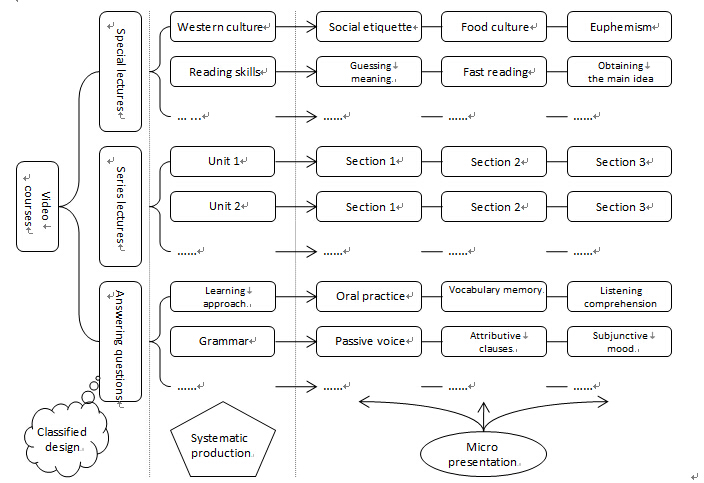3) Inadequate demonstration of learning evaluation mechanisms
For RTVUs, learning outcomes evaluation is mainly done in the form of formative assessment (assignment) and summative assessment (written examination). According to the findings of the study: “Due to the interference of various subjective factors, both teachers and students regard formative assessment as a matter of the number of assignments handed in and the marks of each assignment, which leads to inadequate performance feedback. There is a gap between the performance of formative assessment assignments in real teaching situations and RTVUs' objectives for the formative assessment system i.e. encouraging learning and making sure learning is fulfilling. In a sense, this reflects the weakness of the RTVU’s management procedures and measures of formative assessment in coping with the students’ complex and diversified learning requirements”. Summative assessments, on the other hand, are carried out over a fixed time period and lack flexibility. If it is not easy for a student to ask for leave from work, he or she may not be able to sit the examination. This will also have a serious influence on the student’s learning outcomes and confidence. Therefore, the study proposes that RTVUs pay more attention to the practical operation of relevant policies and to the effective implementation of learning support services measures (Du Yongxin, 2012). Some trial explorations have included focusing on learning processes, raising the proportion of ordinary achievements, and decreasing the difficulty of final term examination; making examinations more flexible; emphasizing question types that combine theory with practice and reducing mechanical memorization to enhance the students’ subjective initiative in analyzing and solving problems; and exploring prior learning assessment to transfer the skills and knowledge acquired through on-the-job learning into degree education credits (Sun Xiaoling, 2012).
4) Lack of support services for full-time teachers
The study found that the initiative to improve course teaching results among full-time lecturers is restrained and restricted by the existing RTVU teaching organizational system. Through the influence of multiple factors, the gap between the students’ learning performance and prospective teaching objectives also affects the judgment of specialized teachers and the adjustment of their own course teaching. To this end, the study indicates that “it is imperative that the RTVU teaching system change and to intensify teacher support services” (Du Yongxin, 2012).
5)Insufficient understanding of adult learners from part-time specialized teachers
The study found that some part-time teachers lack empathy because they are unfamiliar with the situation of adult learners within the RTVU system, which leads to a depressed class atmosphere and poor teacher-student relations. Some students commented that the teachers don’t smile, and this influences their interest and learning enthusiasm. Therefore, the study suggests that training be given to part-time teachers to help them understand not only the teaching contents and forms, but also the characteristics of adult students, thus allowing them to design and implement courses on this basis. It is easy for teachers to get along with students, inspire learning initiative, improve the effectiveness of class teaching, and improve retention rates in this kind of teaching (Qi Yansheng, 2012).
6) The need to improve learning resource design and integration
RTVU learning resources include printed teaching materials, accompanying CDs, learning guides and online learning resources. The study shows that the above learning resources are either not brought into full play by the learners or they are not able to meet their needs. To this end, the study proposes that RTVUs create an integrated design structure for the development of paper and online learning materials, carefully organizing and refining the learning content in line with the predesigned structure to ensure that the various resources (e.g. printed teaching materials, study guides, texts, videos, hyperlinks, multi-media courseware) complement and support each other, so as to give play to their individual and overall advantages and functions(Yang Yongjian, 2012).
Based on an investigation of learners’ needs for the duration of autonomous learning and video courses, the study proposes the classified design, systematic production and micro presentation of online video courses (see Figure 6). On one hand this will facilitate learners to view and learn the contents, and on the other hand it will help them to gain a systematic understanding of the teaching contents. This raises learning interest, reinforces motivation, and makes sure high-cost video courses are used effectively (Yang Yongjian, 2012).

Figure 6 The Classified Design, Systematic Production and Micro Presentation of Online Video Courses